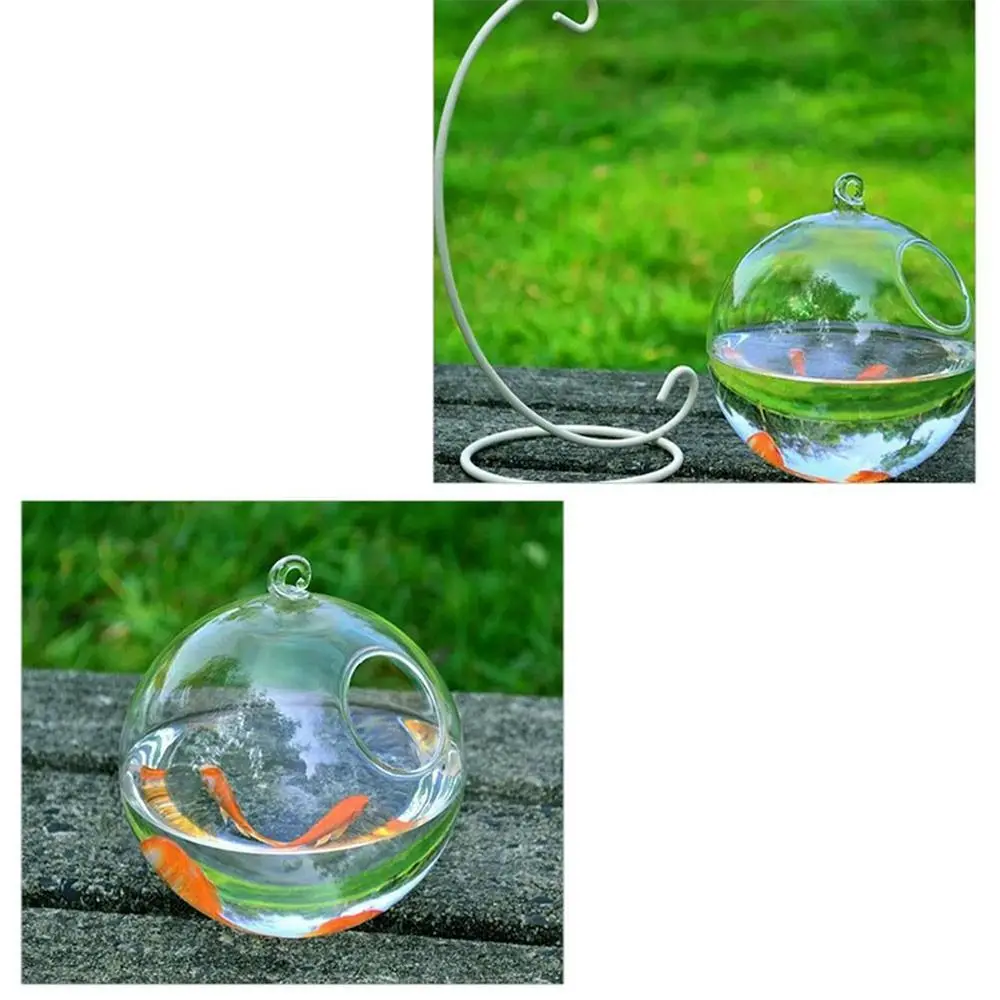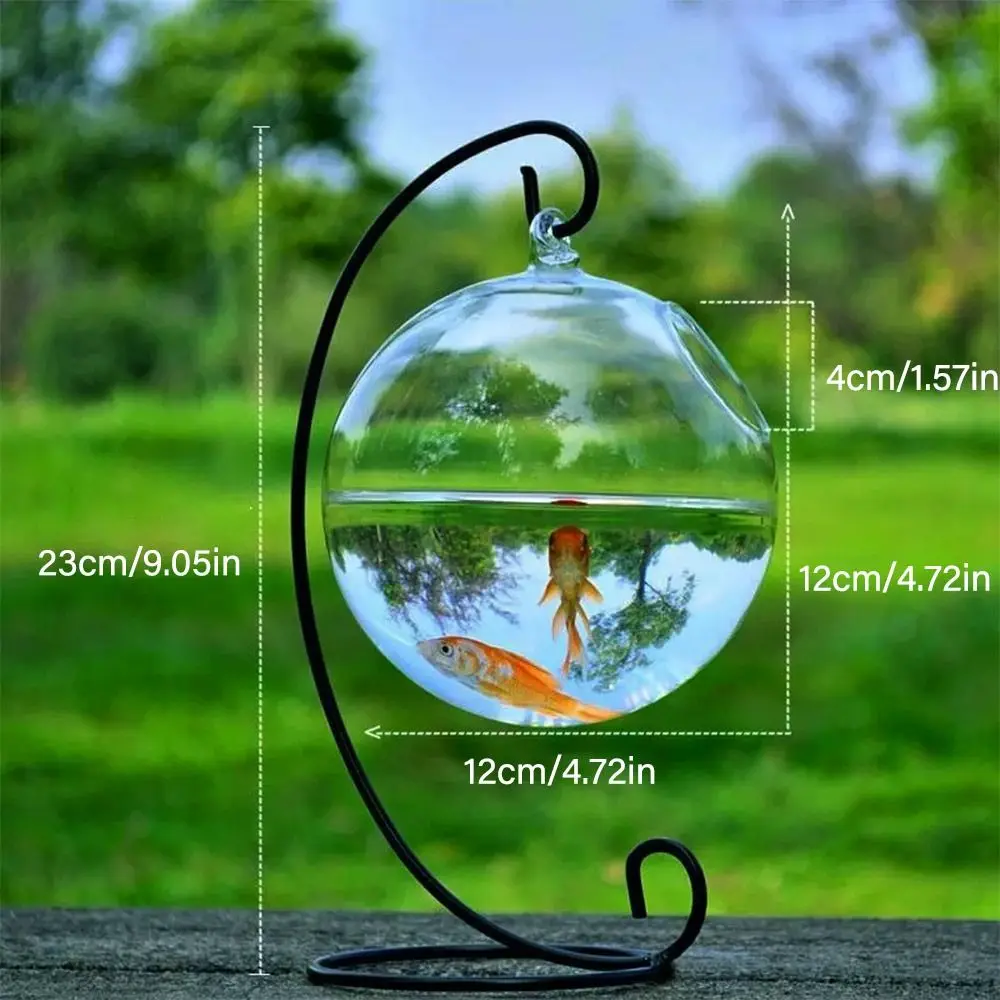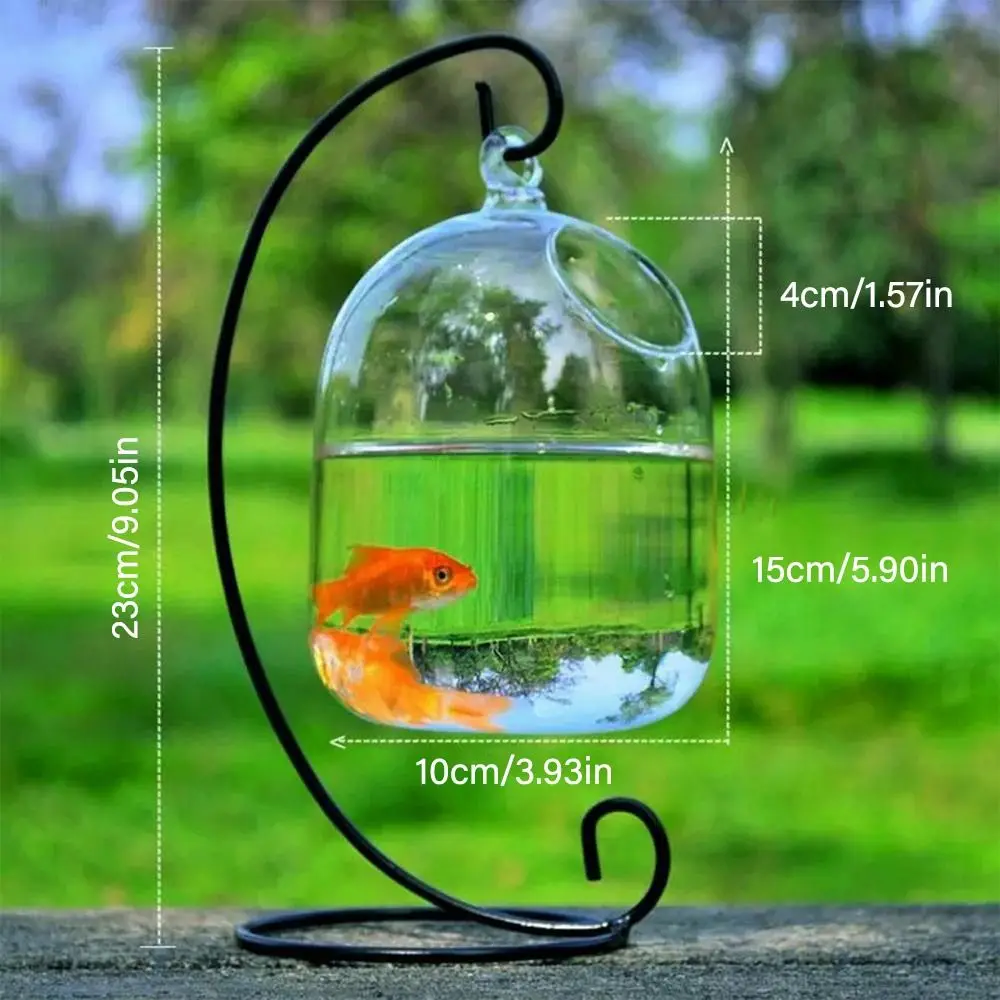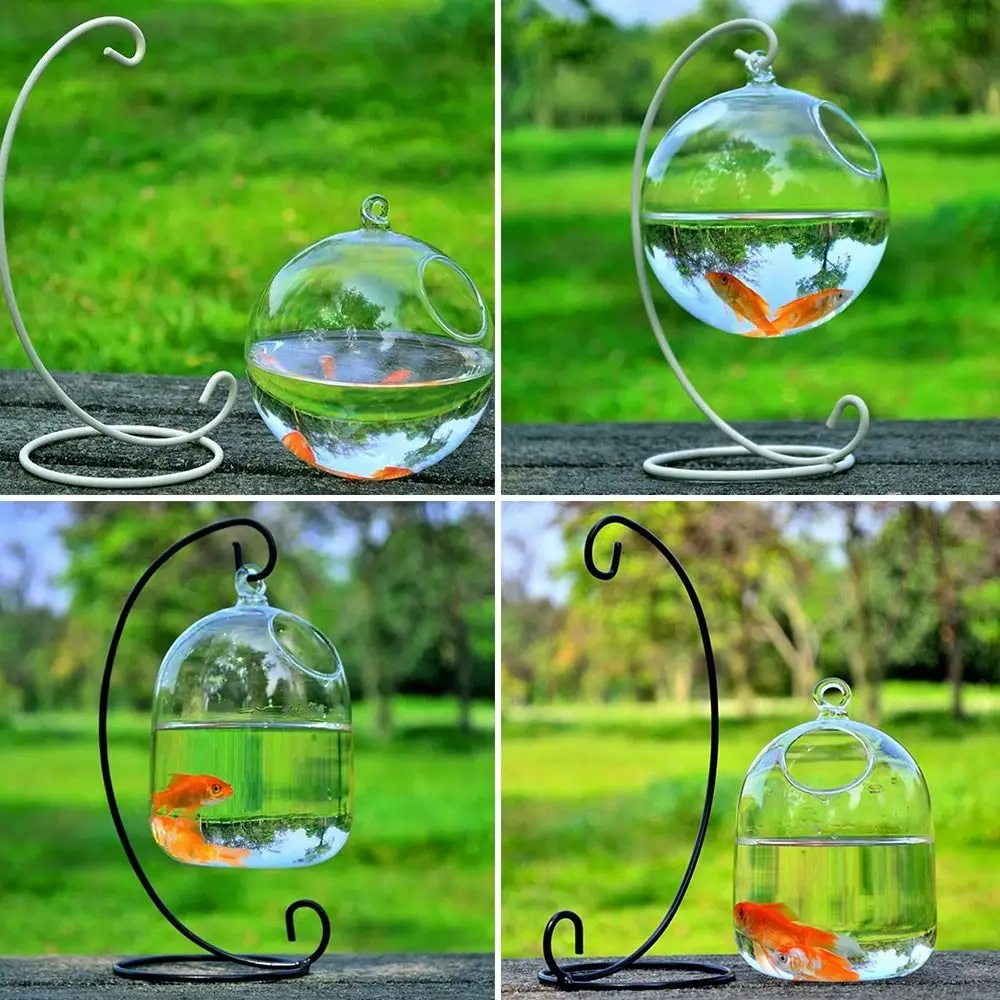Fish tanks are living, breathing ecosystems that require meticulous care to thrive. Decorations within these miniature worlds not only enhance visual appeal but also provide essential hiding spots and territories for aquatic inhabitants. However, they can quickly accumulate algae, debris, and harmful bacteria if not maintained properly. This comprehensive guide delves into the art and science of cleaning fish tank decorations, ensuring your underwater landscape remains a healthy and visually stunning haven for your aquatic pets.
Understanding the Importance of Clean Decorations
Maintaining a clean aquarium involves more than just crystal clear water. Dirty decorations can harbor disease-causing organisms, disrupt the balance of beneficial bacteria, and even impact the mental wellbeing of your fish by reducing their habitat quality. Regular cleaning promotes a healthy environment, encourages natural behaviors, and contributes to the overall aesthetic appeal of your tank.

Preparing for Cleaning: Safety First
Before diving into cleaning, ensure you have the right tools and take necessary precautions:
- Gather Supplies: Soft-bristled brush, algae scraper, bucket filled with aquarium water, and a mild cleaning solution (if needed).
- Turn Off Equipment: Unplug filters, heaters, and any other electrical devices to avoid accidents.
- Protect Your Hands: Use waterproof gloves to avoid injury from sharp edges or to protect sensitive skin from potentially harmful substances.
The Gradual Approach: Routine Maintenance
Regular, gentle cleaning prevents the build-up of stubborn grime:
- Daily: Monitor decoration surfaces for visible debris and gently remove with a turkey baster or siphon during water changes.
- Weekly: Inspect plants and rocks for algae growth and use an algae scraper to remove any visible film.
- Monthly: Perform a more thorough cleaning during partial water changes, gently scrubbing decorations with a soft brush.
Deep Cleaning Techniques for Various Decor Types
Different materials and designs require tailored cleaning approaches:
- Plastic Plants and Ornaments: Remove from the tank and soak in a bucket of warm water mixed with a small amount of aquarium-safe cleaner. Gently scrub with a soft brush and rinse thoroughly before returning.
- Live Plants: Rinse under tepid water to remove debris. Use a soft brush or your fingers to gently rub away algae, being careful not to damage leaves. Specialized aquatic plant fertilizers can also help prevent algae overgrowth.
- Rocks and Gravel: Siphon the substrate to remove detritus, being cautious not to disturb the biological filter bed too much. For heavily soiled rocks, remove them temporarily, soak in aquarium water, and scrub gently before returning.
- Driftwood and Natural Decor: Soak in warm water to soften any accumulated algae, then scrub gently. Avoid harsh chemicals that could leach into the tank.
Handling Delicate Decorations and Aquarium Inhabitants
When dealing with fragile ornaments or sensitive fish species:
- Handle with Care: Use a soft touch to avoid breaking decorations or damaging delicate coral structures.
- Fishless Cleaning: For extensive cleaning sessions, consider temporarily relocating fish to a holding tank to minimize stress.
- Acclimate Decorations: After cleaning, allow items to sit in a bucket of aquarium water for a short period before reintroducing them to the tank. This helps stabilize temperature and pH.
Natural Cleaning Methods and Prevention Strategies
Embrace nature’s solutions to keep your tank clean:
- Algae-Eating Crew: Introduce snails, shrimp, or certain fish species that naturally graze on algae, reducing the need for manual cleaning.
- Light Management: Algae thrives under bright light. Adjust your lighting schedule or reduce intensity to inhibit growth.
- Water Parameters: Regular testing and maintenance of water chemistry (pH, ammonia, nitrate levels) discourage excessive algae growth.

Cleaning Equipment and Filters
A clean tank also necessitates clean equipment:
- Filter Media: Depending on the type, rinse filter pads or sponges in tank water (never tap water) and replace carbon or chemical media as recommended by the manufacturer.
- Pumps and Hoses: Detach and clean with warm water, removing any blockages or debris.
- Glass Cleaning: Use an algae magnet or scraper to remove algae from the tank walls without scratching the glass.
Addressing Specific Issues: Algae Blooms and Disease Control
Address underlying issues causing excessive algae or disease outbreaks:
- Algae Blooms: Review your feeding habits, lighting, and nutrient input, adjusting as necessary to discourage overgrowth.
- Disease Outbreaks: Quarantine new fish and plants before introducing them to the main tank. Regularly sanitize nets and equipment to prevent pathogen spread.
Post-Cleaning Monitoring and Adjustment
After a cleaning session, monitor your tank closely:
- Water Parameters: Check for any sudden changes in water chemistry that could stress your fish.
- Fish Behavior: Observe fish for signs of stress or illness, which may indicate a problem with the cleaning process or water quality.
- Reestablishing Balance: It’s normal for the biological filter to readjust after cleaning. Monitor ammonia and nitrite levels until they stabilize.
Creating a Cleaning Schedule and Checklist
To maintain consistency:
- Develop a Schedule: Based on the size of your tank and the needs of its inhabitants, establish a regular cleaning routine.
- Checklist: Create a checklist including tasks like water changes, equipment checks, and specific decoration cleaning to ensure nothing is overlooked.
Advanced Cleaning Techniques for Large Tanks and Complex Systems
For more intricate setups:
- Partial Water Changes: Use automated water changers or siphons designed for large volumes to streamline the process.
- Professional Assistance: Consider hiring an aquarium maintenance service for deep cleans or if you have a particularly complex system.
The Art of Aquascaping: Design and Maintenance
Cleaning isn’t just about hygiene; it’s integral to maintain your aquascape’s aesthetics:
- Repositioning Decorations: Take advantage of cleaning sessions to rearrange your tank for visual interest.
- Adding New Elements: Introduce fresh decorations gradually, ensuring compatibility with your existing setup and fish.
Enhancing the Experience: Advanced Tips and Innovative Approaches
Having covered the essentials of cleaning fish tank decorations, it’s time to delve into advanced strategies and innovative ideas that can further elevate your aquarium maintenance routine. These tips not only optimize the cleanliness and health of your tank but also introduce creative solutions for maintaining a stunning aquatic environment.
Utilizing Technology for Precision Cleaning
Incorporate modern technology to simplify and enhance cleaning tasks:
- Smart Controllers: Some aquarium controllers can automate water changes, dosing of cleaning chemicals, and even monitor water parameters, alerting you when action is needed.
- Automated Cleaners: Robotic cleaners designed for aquariums can navigate and clean tank walls, substrate, and decorations with precision, reducing manual labor.
Eco-Friendly Cleaning Solutions
Explore environmentally friendly alternatives for maintaining your tank:
- Natural Algaecides: Use vinegar or hydrogen peroxide solutions as natural alternatives to commercial algaecides, minimizing chemical exposure for your fish and beneficial bacteria.
- Biological Controls: Introduce macroalgae species like Chaetomorpha, which compete with nuisance algae for nutrients, naturally reducing their presence.
The Art of Aquatic Plant Maintenance
For planted tanks, specialized care can elevate the beauty and health of your aquatic garden:
- CO2 Injection: Enhance plant growth and reduce algae by supplementing with CO2, promoting lush, vibrant foliage.
- Fertilization Regimen: Implement a regular schedule of liquid fertilizers tailored to your plant species’ needs, ensuring robust growth and color.
Advanced Lighting Strategies
Optimize your lighting system to balance aesthetics and biological needs:
- LED Programming: Customize LED lighting schedules and intensities to mimic natural day-night cycles, promoting healthy plant growth and enhancing fish colors.
- Photosynthetic Photon Flux Density (PPFD): Measure and adjust light intensity to ensure optimal photosynthesis for plants, preventing excessive algae growth due to over-illumination.

Conclusion: Mastering Aquatic Artistry
Cleaning fish tank decorations is a fundamental aspect of aquarium keeping that goes beyond mere aesthetics. It’s a practice rooted in understanding the biology of your tank, the needs of its inhabitants, and the delicate balance required to maintain a thriving ecosystem. By adopting a systematic approach to cleaning, utilizing natural strategies, and staying vigilant against potential issues, you’ll not only ensure the health of your aquatic pets but also cultivate a mesmerizing underwater landscape that brings joy and tranquility to your home. Aquatic artistry is indeed a blend of science, care, and creativity, transforming your fish tank into a living masterpiece.










